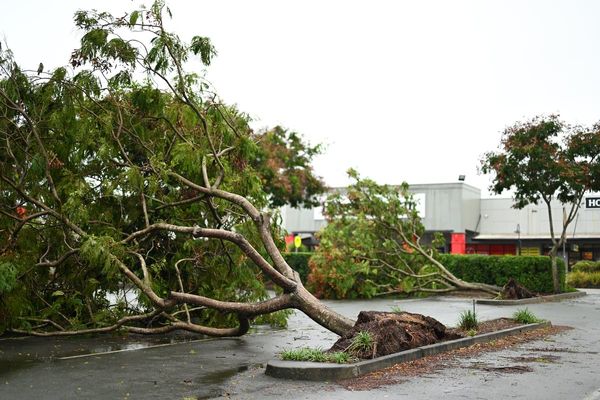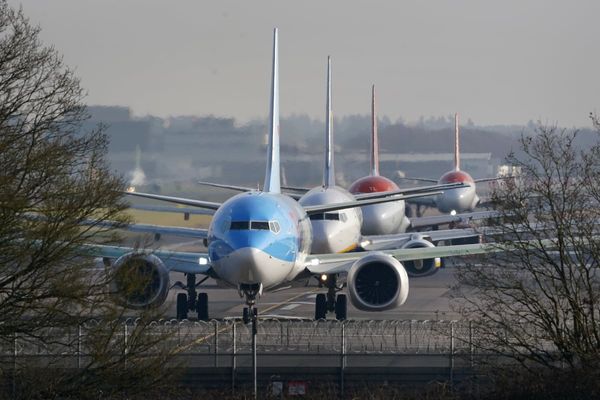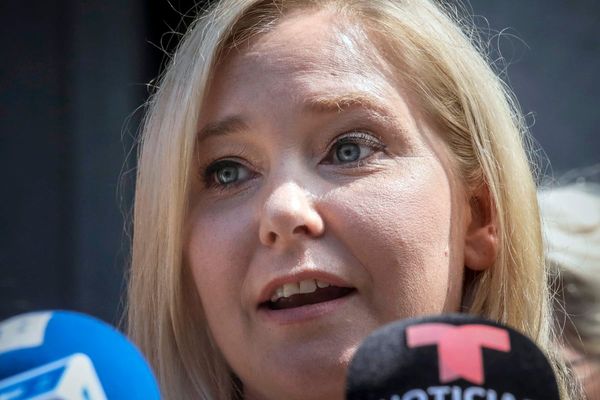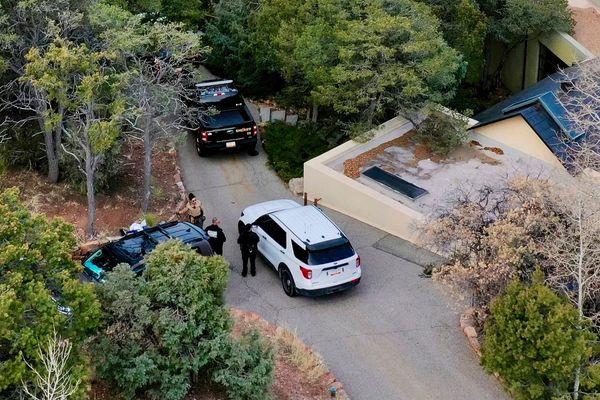The US has laid out its “final” proposals for peace in Ukraine, making clear the territory which it says Kyiv must cede to Moscow in order to achieve peace.
A Washington team has been engaging in intense shuttle diplomacy, looking to force through a deal between Ukraine and Russia as progress towards peace appeared to be slowing.
During talks in Paris and London over the past 10 days, US officials passed on the proposals to their European and Ukrainian counterparts - who responded with their own set of proposals, demonstrating a significant gap in position.
Laying bare stark differences in position, the US proposals were presented by secretary of state Marco Rubio as a “broad framework” to identify differences between the sides. The document itself, seen by Reuters, described it as a “final offer” made to both sides.
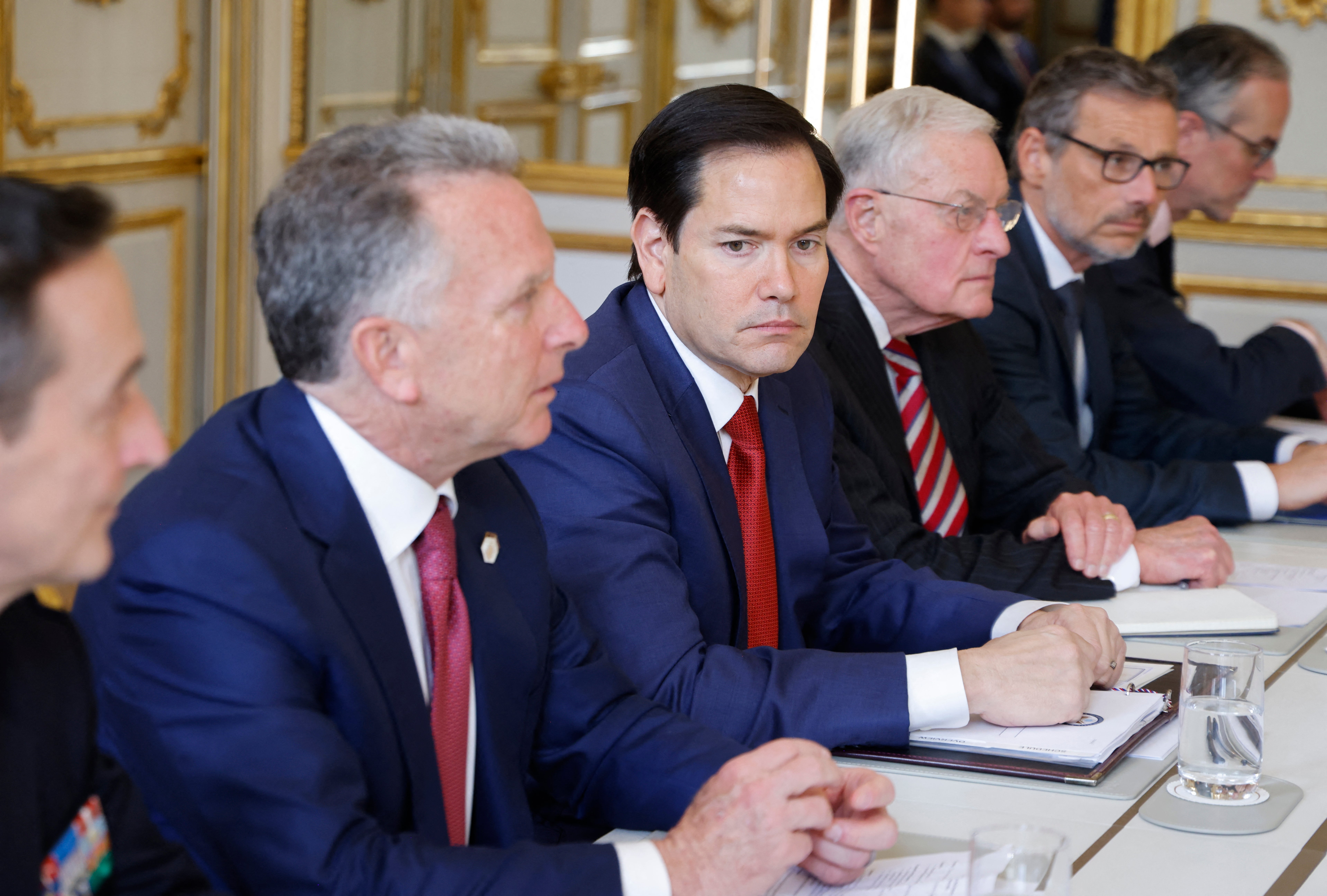
The document, seen and published by Reuters, includes the legal recognition by Washington of Russian control over Crimea - a topic which has prompted a war of words to resurface between Donald Trump and Volodymyr Zelensky.
Mr Trump lashed out at the Ukrainian leader after he warned that Kyiv would not recognise Russia's occupation of Crimea under any agreement, saying: “There is nothing to talk about – it is our land, the land of the Ukrainian people.”
The US president angrily retorted: “He has nothing to boast about! The situation for Ukraine is dire – he can have peace or he can fight for another three years before losing the whole country.”
Washington also proposed de facto US recognition of Russian control of the occupied eastern Ukrainian region of Luhansk and parts of Zaporizhzhia, Donetsk, and Kherson, all of which lie on the frontline.
It is unclear where the lines of demarcation would be, and whether Washington is demanding that Ukraine cede all of the land currently occupied by Russia in the regions of Zaporizhzhia, Donetsk and Kherson.
Ukraine will regain territory in the northeastern Kharkiv region, the proposals state, along with control of the occupied Zaporizhzhia Nuclear Power Plant through US control and administration of the plant. Electricity would be supplied to both Ukraine and Russia.
European and Ukrainian allies responded with their own set of proposals, in which it declared that “territorial issues will be discussed and resolved after a full and unconditional ceasefire”. Territorial negotiations would start from the basis of the line of control - but Ukraine would be guaranteed control of the Zaporizhzhia plant with US involvement.
The reality that Ukraine will lose territory in a peace agreement has been accepted by Mr Zelensky in recent months, after Mr Trump and vice president JD Vance made clear that Kyiv would have to make concessions.
The mayor of Kyiv, Vitali Klitschko, said on Friday morning that Ukraine may have to “give up territory” as a temporary solution towards peace.
"One of the scenarios is… to give up territory. It's not fair. But for the peace, temporary peace, maybe it can be a solution, temporary," Mr Klitschko told the BBC.
But he stressed that the Ukrainian people would "never accept occupation" by Russia.
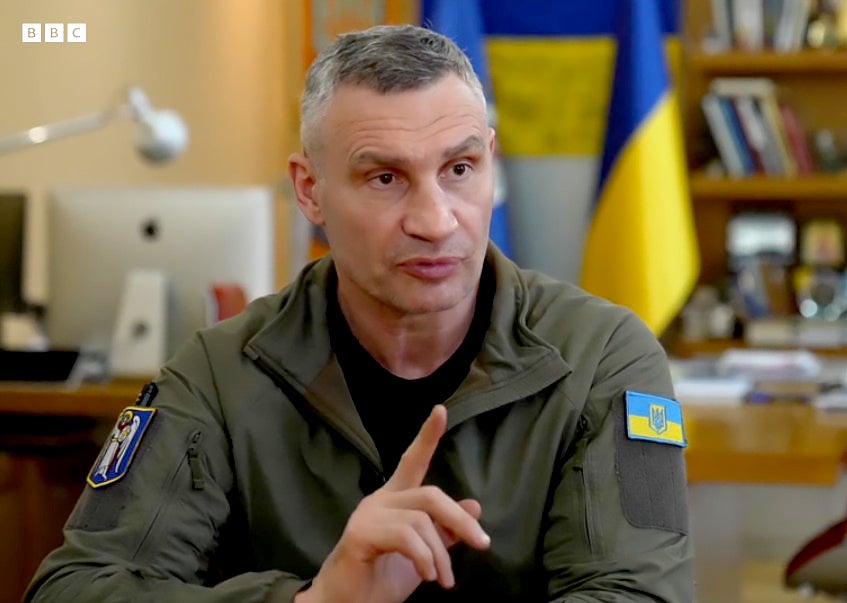
Serhi Leshchenko, an adviser to Volodymyr Zelensky, has hit back at Kyiv mayor Vitali Klitschko’s claim that Ukraine may need to concede land to reach peace.
“I think it’s counterproductive to make any comments on this topic, since we have no official proposal on the table regarding this,” he told BBC World Service’s Newsday programme.
“Any discussion of this violates the Ukrainian constitution because Ukraine’s constitution states the territorial integrity of Ukraine,” he said, adding that it is “very important” that Ukrainian politicians abide by the constitution.
Russia currently occupies a little under 20 per cent of Ukraine, including parts of four regions of mainland Ukraine, as well as the Crimean peninsula.
Mr Putin first invaded Ukraine in 2014, when he illegally annexed Crimea. It is widely believed he then ordered unmarked soldiers known as “little green men” to fight on behalf of Russia in the eastern Ukrainian regions of Donetsk and Luhansk.
In February 2022, he then ordered the full-scale invasion of Ukraine, reportedly hoping to take the country in just three days.
After being pushed back from Kyiv and northeastern Ukraine, the latest iteration of Mr Putin’s land grab focused on the four regions of Donetsk, Luhansk, Zaporizhzhia and Kherson.
In September 2022, he illegally annexed these four regions, none of which are completely controlled by Russian forces.


